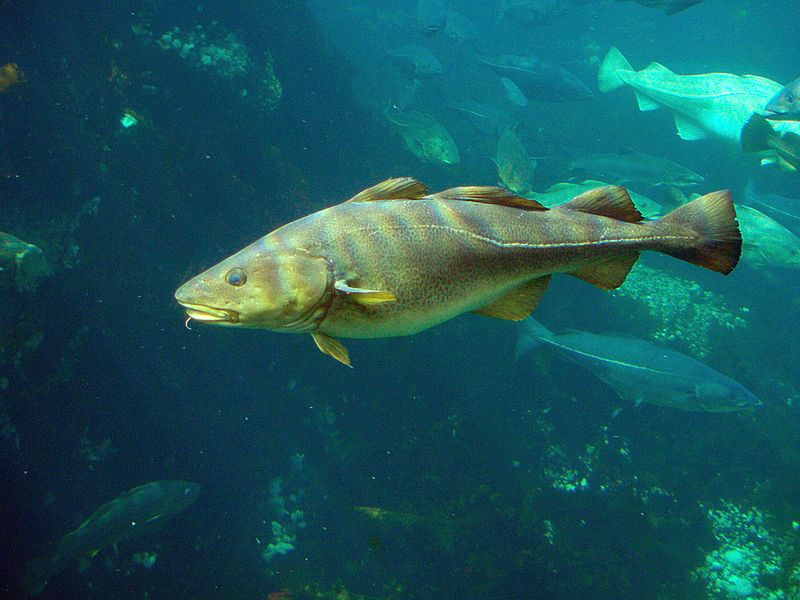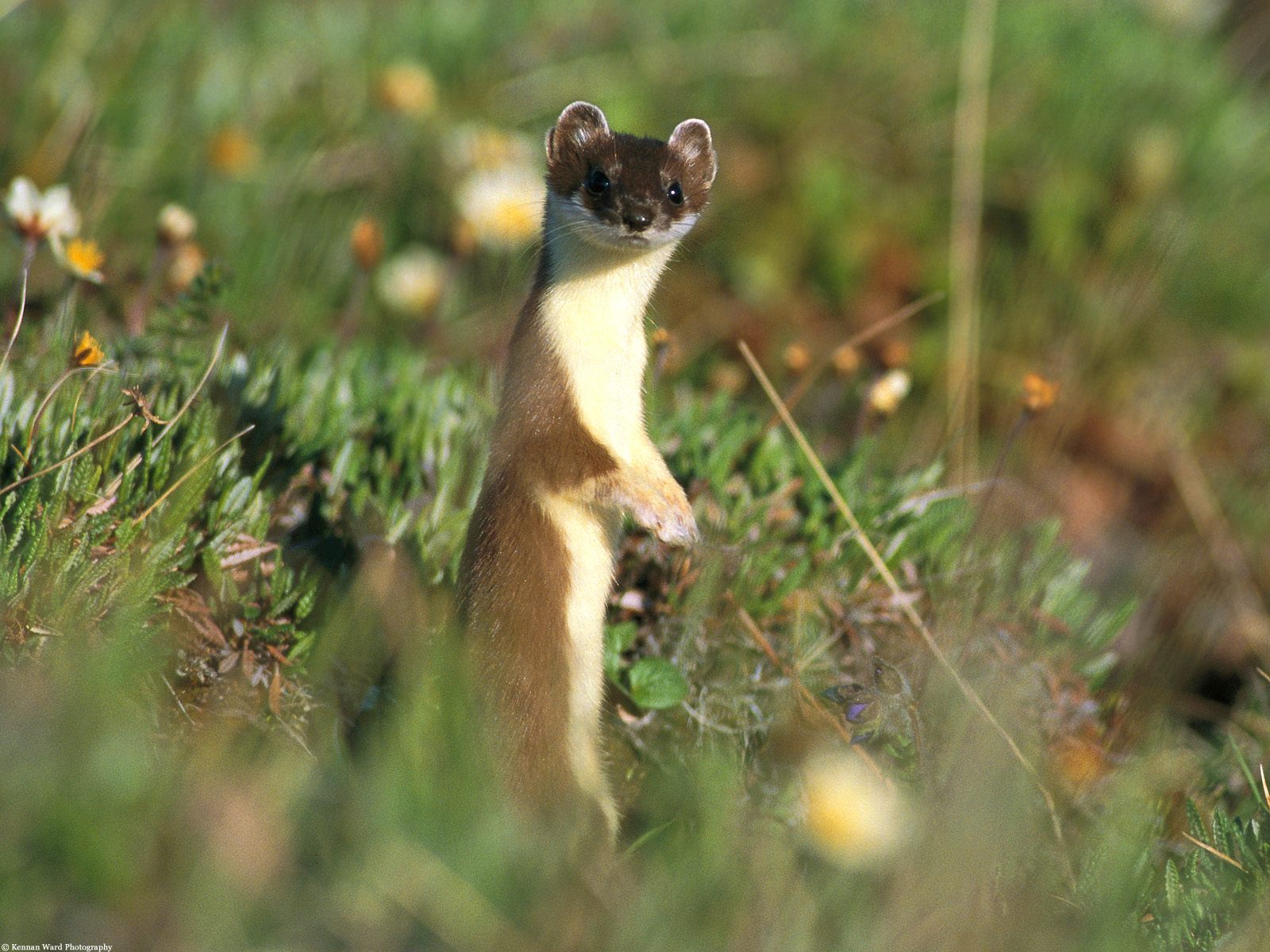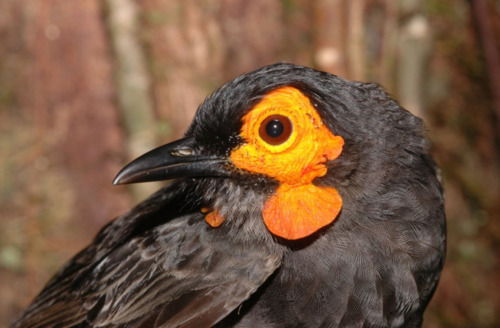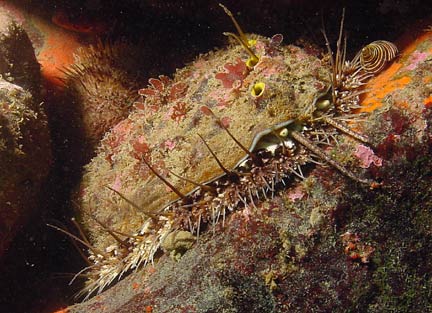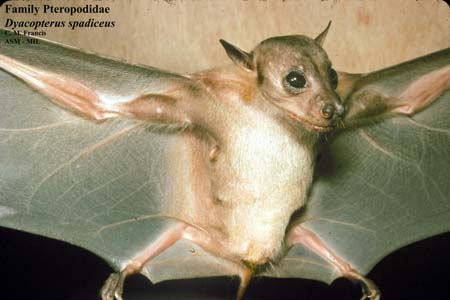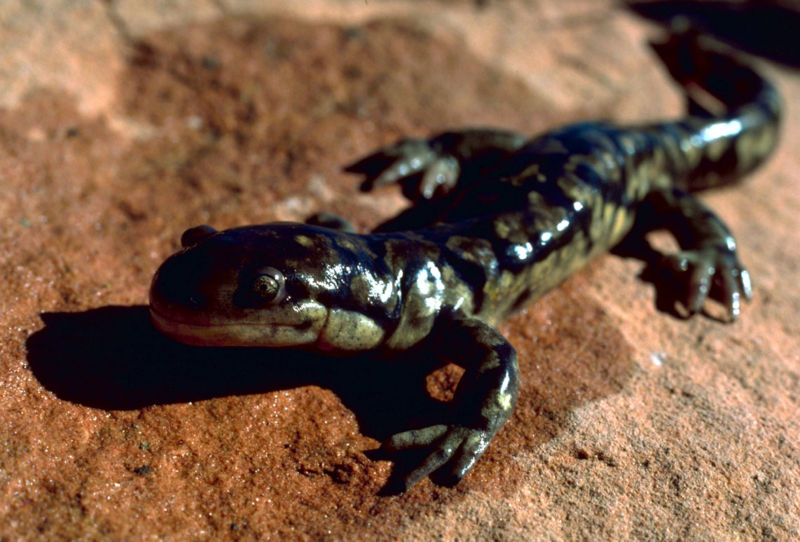
One of the trends I have noticed while writing these Wild Facts is I really enjoy talking about exotic animals. This usually means I often forget to comment on some of the cool animals that exist in North America. Well today we are going to look at one of those “boring” North American animals. So get comfortable because we are about to embark on a journey that will take you underground and through the lakes and streams of USA and Canada as we learn about the Tiger Salamander.
The Tiger Salamander is recognized as being the largest land-dwelling salamander in the world. They can grow up to 35 cm (14″) long and weigh up to 126 g (4.4 oz). On average these beautiful salamanders are usually about 15-20 cm (6-8″) long. As you can imagine they get their name from their vertical stripes resembling that of a tiger. This can be a little misleading though since many Tiger Salamanders don’t have the typical striped pattern. They come in a range of stripes, blotches and colours with some salamanders having no markings at all. I think those “no marking” salamanders should be charged with false advertising.
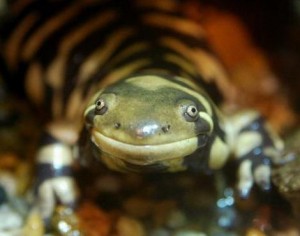
You may be surprised that you have lived in the States your whole life but have yet to see a Tiger Salamander. Don’t be too hard on yourself since the adults are rarely seen out in the open. Tiger Salamanders spend the majority of their life about a half meter (1.5′) below the surface in specially made burrows. They will remain on land in these burrows until it is time to mate when they will seek out their favourite watering hole. This burrowing amphibian is a voracious feeder and will emerge at night to feed on many animals such as worms, insects, frogs and occasionally other salamanders. I bet they really enjoy leaving the burrow for a night out on the town. It is always healthy to have date nights.
Tiger Salamander Fast Fact – I know it might seem like the Tiger Salamander has a boring life living underground but it is a highly successful life choice. Surprisingly this particular salamander is capable of living between 10 to 16 years in the wild. That is pretty impressive for a small amphibian.

